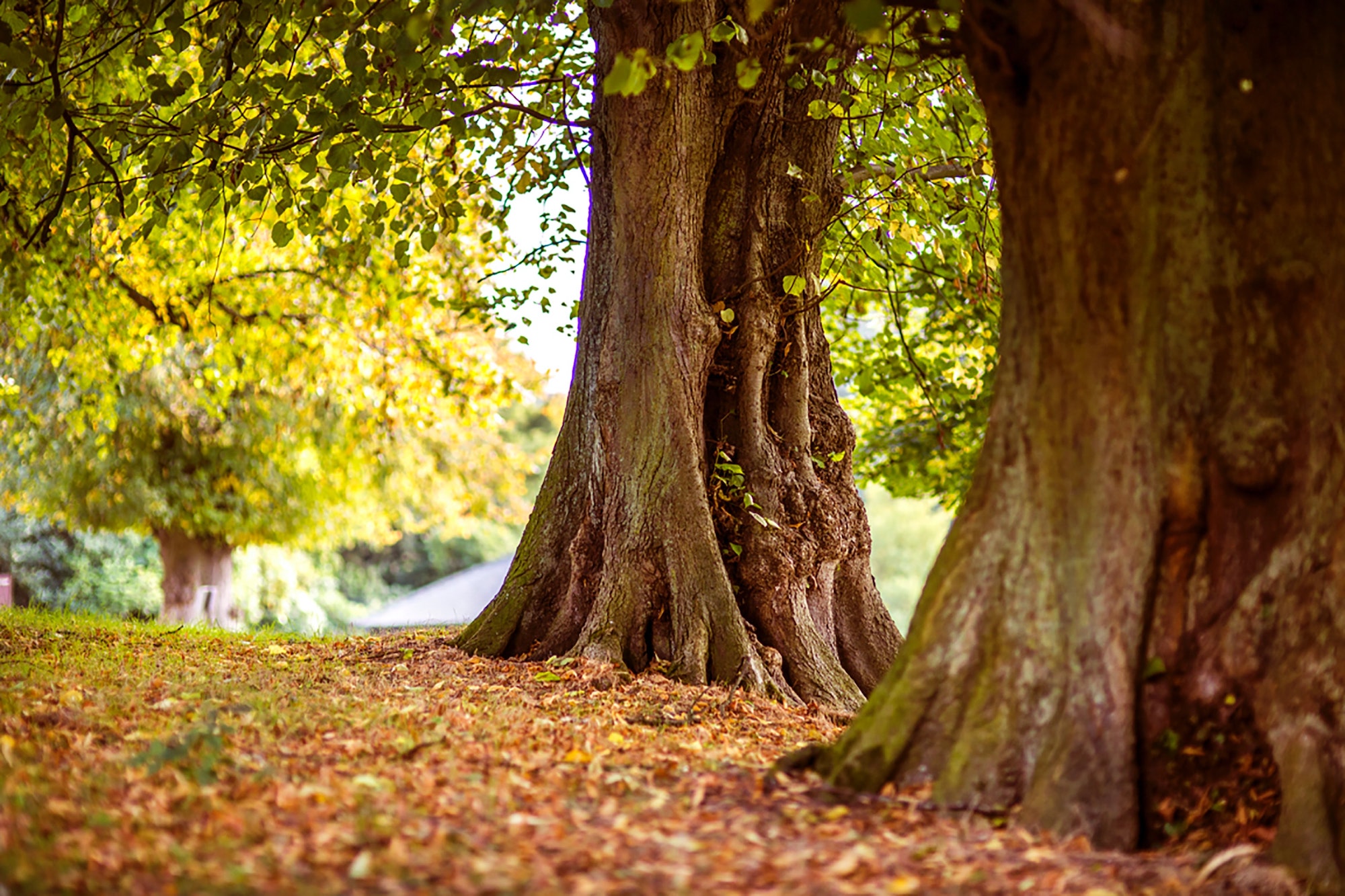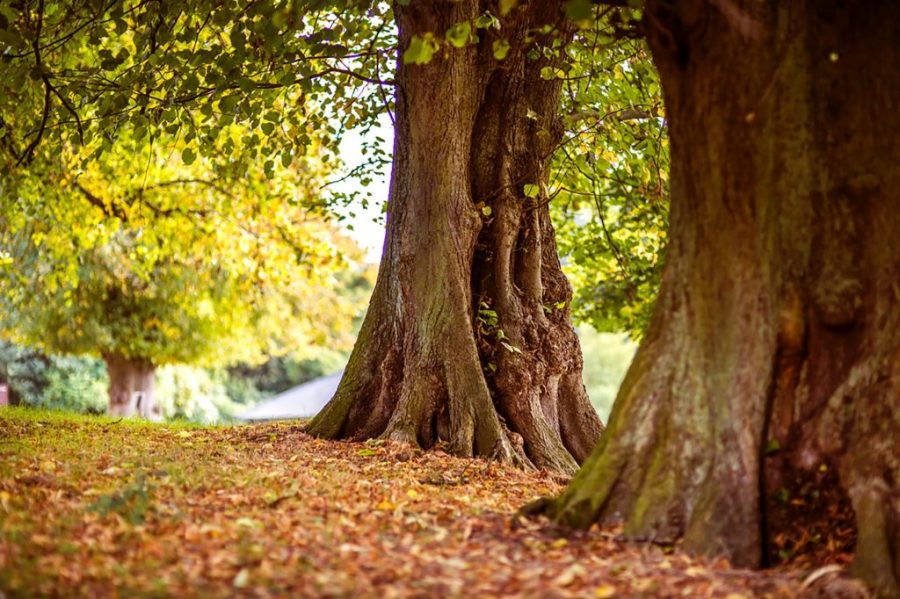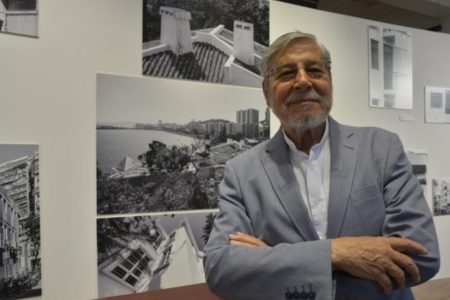The Municipal Affairs Bureau (IAM) has defended its tree management record after felling a Chinese banyan that had been infected by “tree cancer” in Mong Há Hill Municipal Park.
The bureau said that it strives to enhance tree management and care to prevent and treat Brown Root Rot disease.
The Chinese banyan tree had been infected by the disease and was removed after its roots and trunk showed signs of “severe decay”. The IAM added that trees are removed when they suffer from severe disease or endanger public safety because there is “no fungicide capable of preventing and treating Brown Root Rot disease”.
The bureau pointed out that “removing infected roots, disinfecting the soil and setting up physical separation barriers” are among methods used to stop or slow down the spread of the disease in the infected area.
Being a common tree disease in the city, the IAM said, Brown Root Rot is most widespread in Guia Hill Municipal Park and Mong Há Hill Municipal Park, while there have also been “sporadic cases” in other parks and among roadside trees, and the bureau has strengthened inspections, being committed to “good tree management and care”.
The disease is caused by the “pathogenic fungus Phellinus noxius”, with the mycelia corroding the wood, causing it to become light, dry, spongy or white and decayed. The fungus can also damage the tissue for carrying water and nutrients, causing the plant to lose absorption and water and nutrient carrying abilities.
With the gradual decay of the tree trunk’s base and roots, the tree completely loses the ability to support itself, being in danger of collapsing at any moment, according to the bureau. It can spread through “close contact with infected roots and infected tissue”, which creates risks for nearby trees and vegetation. The IAM added that the trees infected with the disease are divided into two types: those suffering from gradual withering and those suffering from acute withering.
Upon identifying infected trees, the bureau said that a series of treatment measures will be carried out. If treatment proves unsuccessful, the seriously ill trees or those that pose a public hazard will be removed, The Macau Post Daily reported.






